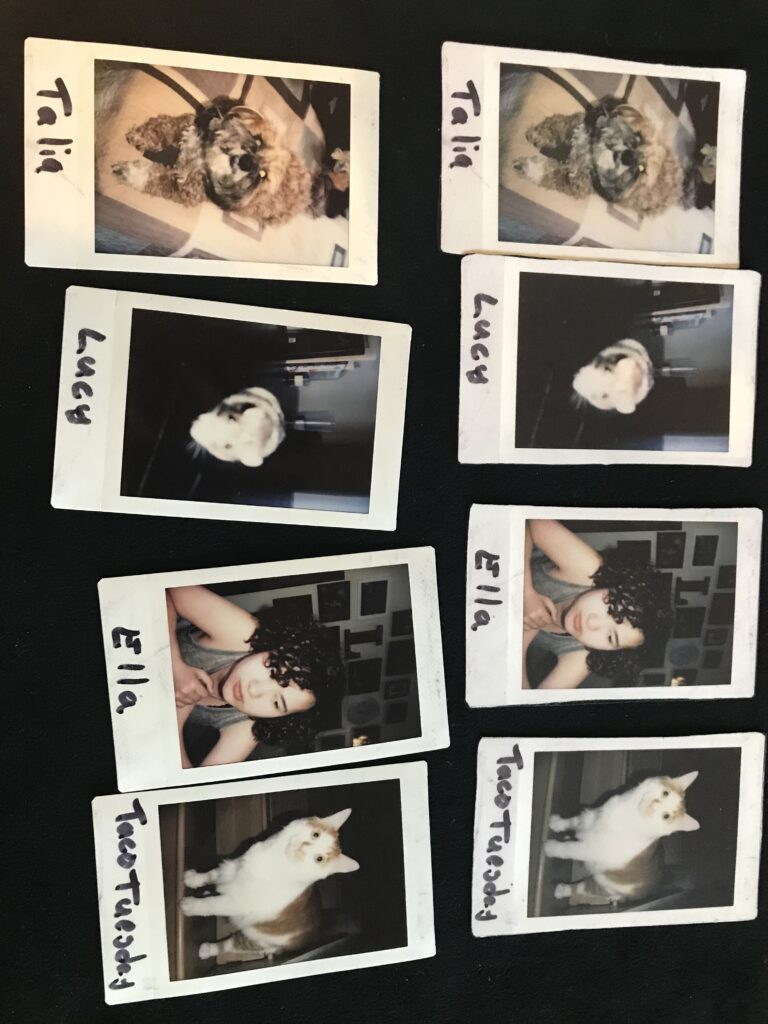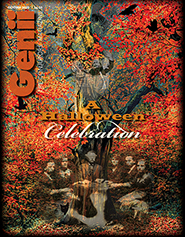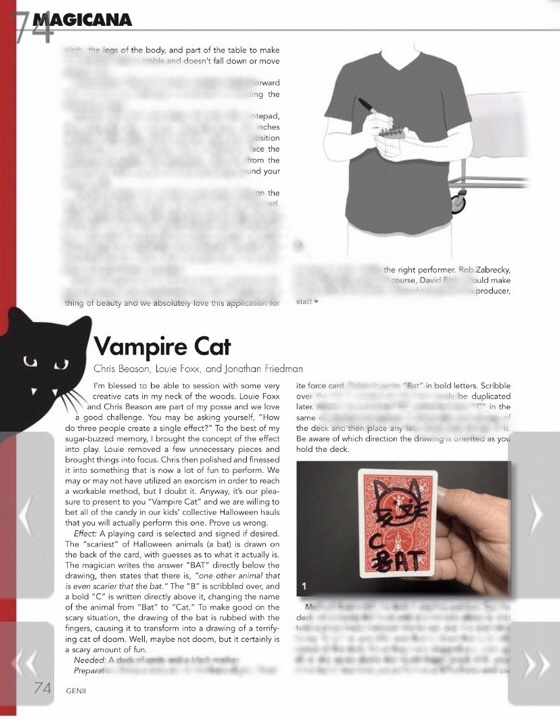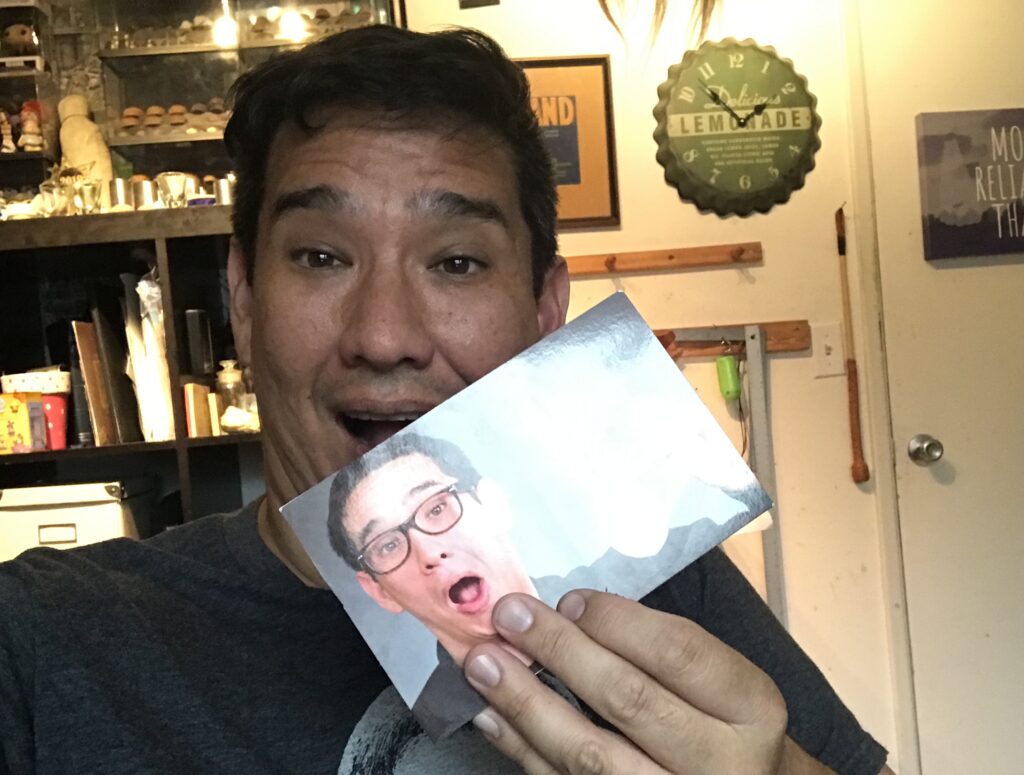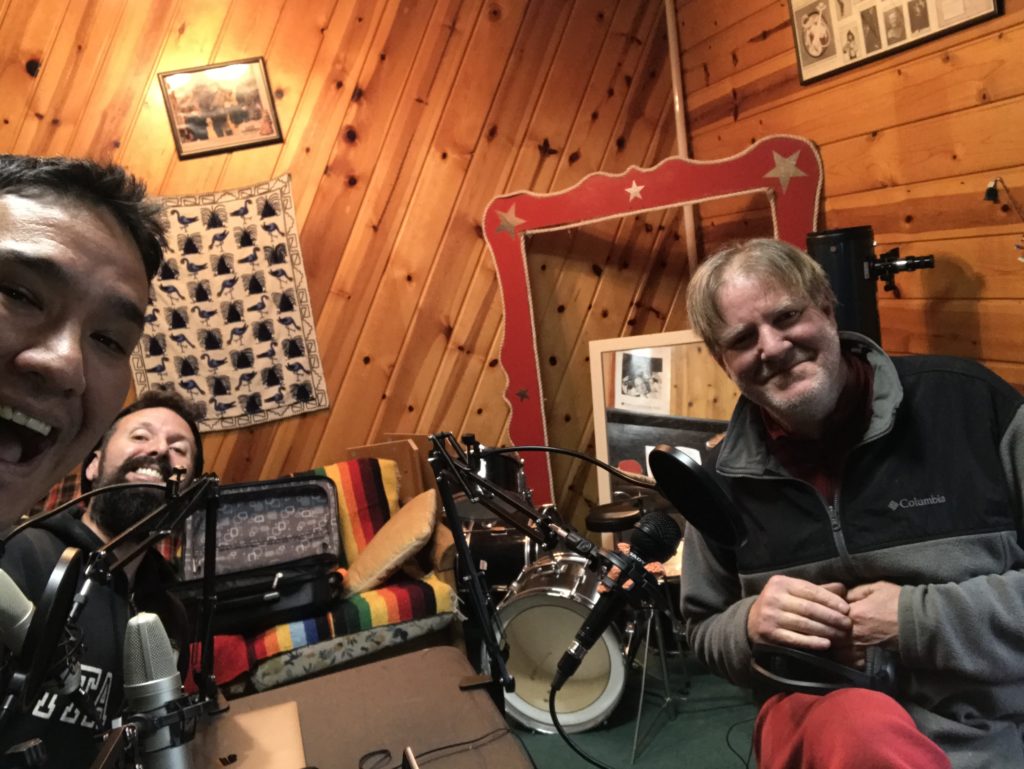With moving to virtual magic shows, I’ve been playing a lot with progressive anagrams. If you’re not sure what a progressive anagram is, the basic effect is someone is thinking of a word. You then ask if a several letters are in it and based on their “yes” or “no” answers you can determine the word. Essentially it is a flowchart that uses a process of elimination from a list of words. The flow chart and based on YES or NO answers to whether the word has a letter you will either move down the list or to the right.
If you get a YES, you move down.
If you get a NO, you move to the right
That’s it.
Normally I use an online progressive anagram generator to create these flowcharts. For fun, I thought I’d try to figure out how to create them myself. Since I use them a lot, I’ve noticed a few things that are the basis of how I do mine. I’m going to hand make a progressive anagram.
The first thing we need is a list of words. I used an online random word generator and using 5 words. The words it gave me are:
Beer
Agreement
Heat
Bowel
Touch
I’m going to start by eliminating vowels, so I’ll start with the A.
Currently my flow chart looks like:
A -> Beer, Bowel, Touch
|
Agreement, Heat
Remember if they say YES you move down and if they say NO, you move to the right.
I’m not the biggest fan of having a 60% odds of getting a “no” answer on my first question. For the sake of simplicity to explain the easiest way I’ve found to do this, we’ll keep going with the A.
For the next question, if we will eliminate the E, so the flowchart will look like this:

Now we have two sections, each with two words we need to figure out. It’s a simple matter to figure out a letter that’s only in one of the Beer/Bowel pair or in the other set of two words. We’ll start with the Beer/Bowel. Let’s eliminate the O, and the flow chart will look like:
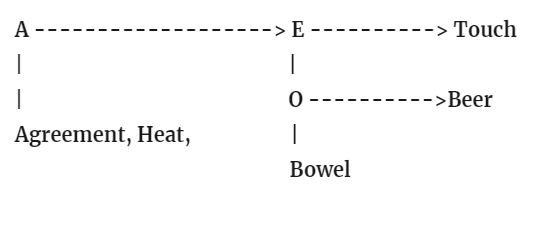
Then we’ll find the letter that’s only in of the Agreement/Heat pair. That letter is H, so here’s the final Flowchart:
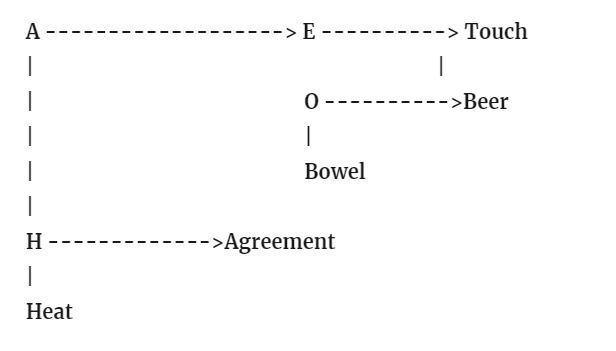
And there you have it, we hand build a progressive anagram.

